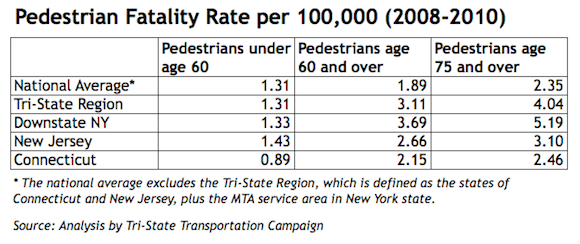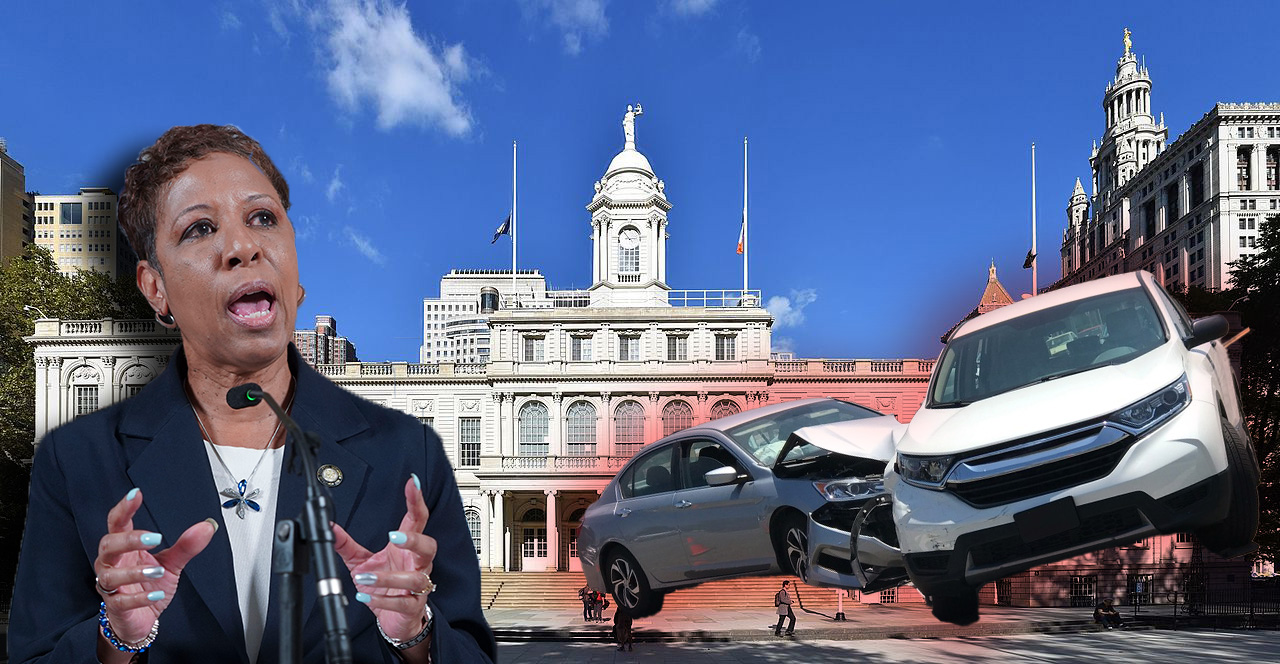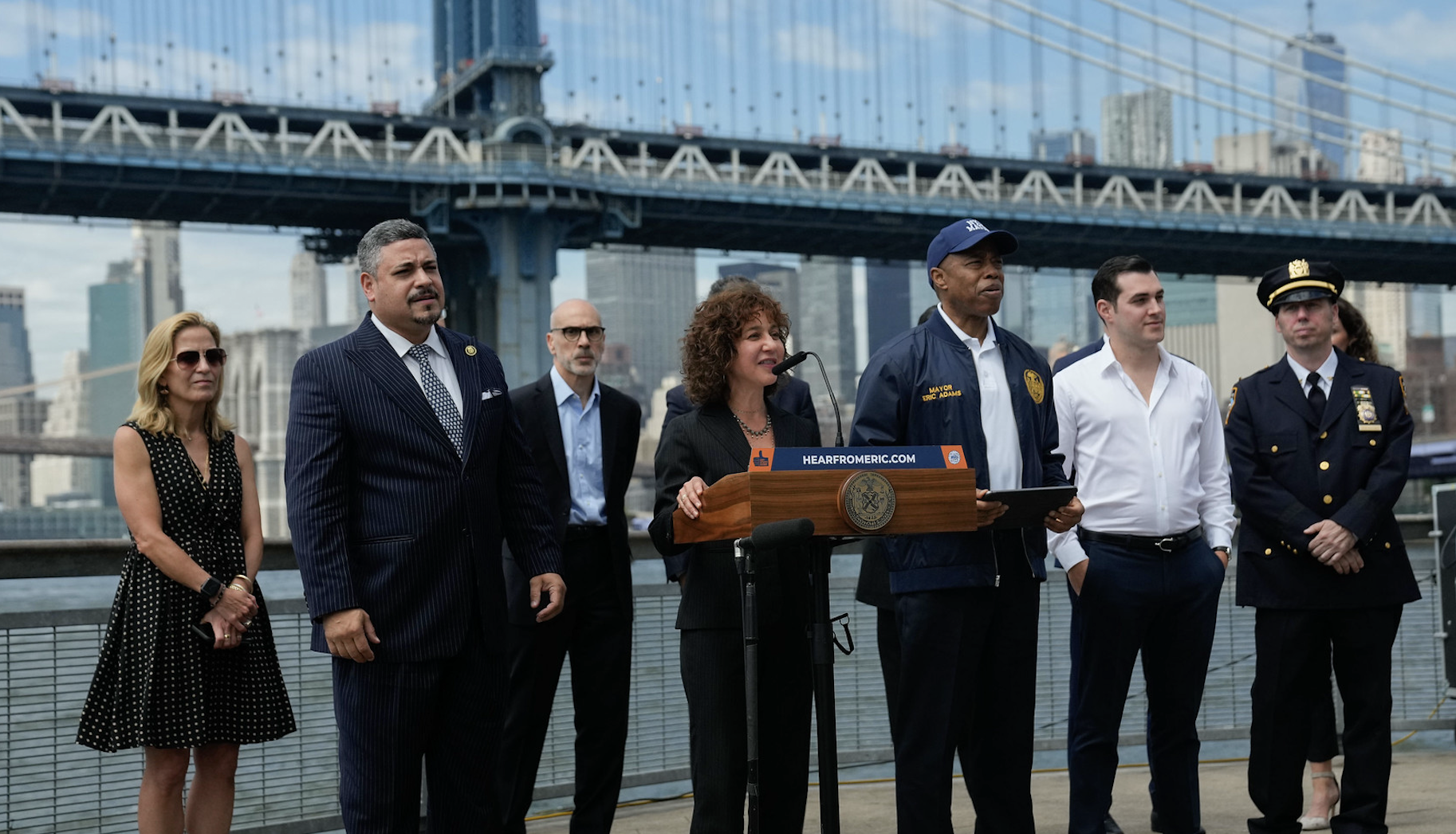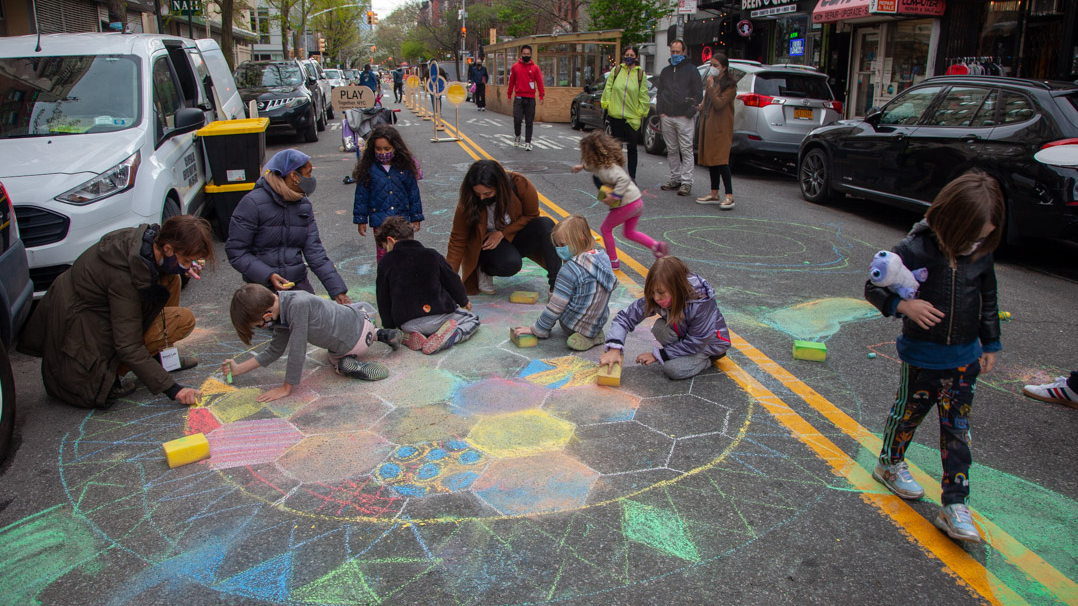Just days after 81-year-old Luis Ruiz was fatally struck by two drivers on Rockaway Parkway in Canarsie, the Tri-State Transportation Campaign has released a report showing that his death is not an aberration. Between 2008 and 2010, 435 pedestrians aged 60 or older were killed in collisions with cars in New Jersey, Connecticut and downstate New York. All told, fatality rates for older pedestrians in this region are higher than the national average.
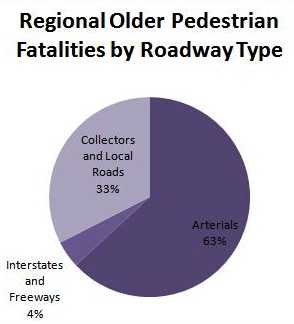
In New York City and its suburbs, in particular, the streets have some alarming safety records. Nassau County has the second-highest fatality rate for older pedestrians in the region, trailing only Litchfield County in Connecticut. At 3.69 deaths per 100,000 people, the fatality rate for older pedestrians in NYC, Long Island, and the five other counties that comprise the MTA service region is almost triple the rate for pedestrians under age 60, at 1.33.
By far, the most dangerous locations for older pedestrians are arterial roads, which have at least two lanes in each direction and design speeds of 40 mph or more. Arterial roads are the site of 63 percent of the region’s older pedestrian fatalities, even though this type of road is just 15 percent of the region’s total lane miles.
AARP New York echoed the report’s findings. "It's always troubling to AARP to see high pedestrian fatality rates, especially when they affect older persons," said Bill Ferris, the organization’s New York state legislative representative. "We partnered with Tri-State to pass a complete streets law in New York," he added, noting that there’s no silver bullet. "The recommendations that Tri-State has in the report would help. It’s an ongoing effort."
The report recommends using state DOT capital funds to expand programs like NYC DOT's Safe Streets for Seniors and Safe Routes to School programs.
Another issue that TSTC is highlighting is funding for NYSDOT’s Long Island’s Local Safe Streets and Traffic Calming program, which will be defunded at the end of the year unless action is taken. This program has been at risk before, and TSTC is hoping to keep it alive. "Given that Nassau County is the most dangerous county for older pedestrians in downstate," TSTC executive director Veronica Vanterpool said in an email, "we want to ensure that the Local Safe Streets and Traffic Calming program is not defunded." Vanterpool also identified installation of speed cameras as a priority item on TSTC's agenda.
The report also noted that MAP-21, the new federal transportation bill, reduced support for many active transportation programs, meaning that advocates will have to be even more vigilant at the state level to ensure that pedestrian safety projects are funded. As federal funds shrink, safety concerns for this vulnerable population will continue to grow: The U.S. Census Bureau projects that by 2030, more than one in five tri-state residents will be at least 65 years old.
